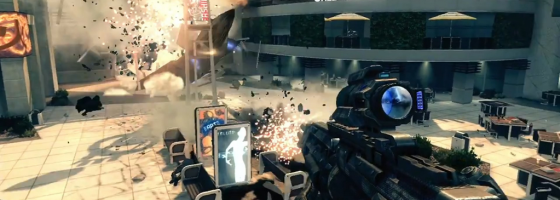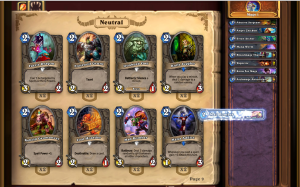Game balance is one of the hardest things to do in either single or multiplayer games. Every change can reverberate out and impact your design. For today’s post, I want to talk about the important questions you need to ask when it comes to balancing your game.
Balancing a new system or mechanic in your title will always require a lot of eyes on it. Even with public test servers and betas, you won’t know how something will fully interact until it’s out for everyone to use. Here are the questions in order of importance and priority that you need to ask yourself when looking at a possible imbalance in your design.
1: Is X Always Being Used?
In games built around choices and different playstyles, you want to avoid anything that is dominating. For most game designs, developers will try to make things have a 50/50 chance of winning. Typically when something new is first added, everyone will try and make use of it.
However, if we’re talking about months in and something is still the de-facto choice, then there might be a problem that needs addressing.
2: Does X Have a Counter?
Just because something is popular doesn’t mean it’s immediately broken. The next thing to look at is if there is a suitable way to counter it. Going back to the previous point, something that’s brand new will not immediately have solutions to deal with it.
When analyzing the design, it’s important to look at how the counters are related. If the strategy is very general and easy to use, but requires an esoteric and expensive counter, then something is imbalanced there. This is where the design of the game will play a factor in terms of balance. In CCGs for instance, rarer cards that have limits are balanced by their unique rules or abilities. A normal card should never be flat out better than a rare one.
Another thing to watch out for is your game devolving into one side of players who use option A and one side that just uses the counter to A. With that said, that takes us to the next question.
3: Does X Reduce Choice?
Good game design is providing the player with a variety of options. If one option becomes dominate, then that will reduce the choice in playing your game. You don’t want to have 20 different builds or items in a game and everyone only chooses 1 or 2. For this one, this is where the ever popular debate of buffing and nerfing comes into play.
You have two options in order to bring back choices to your game: You can either nerf the option to bring it in line with the rest of your game, or you can buff the other options to raise them up to the offending option.
Both have their pros and cons. Nerfing is the easier of the two, but it can be seen as giving up on the design. If an option is popular because it’s different, nerfing it could make it so no one will play it. Buffing can lead to new gameplay in your title, but this can create even more balancing issues.
Another major point on buffing is creating a never-ending power creep for your game. You don’t want your game to be known for releasing content that gets swept away by the “new hotness.” One of the problems in Hearthstone is the very fact that every new expansion renders older cards obsolete.
Balancing the Scales:
Balancing video games has become very important with the growing trend of games as a service. Just like developing your title: No plan remains unchanged. Being able to pick out parts of your game that may need to be rebalanced is an essential part of understanding game design. Even if you balance something properly, there is always the chance that things will have to change in the future. Hopefully these three questions can provide a basic checklist to help you out.


